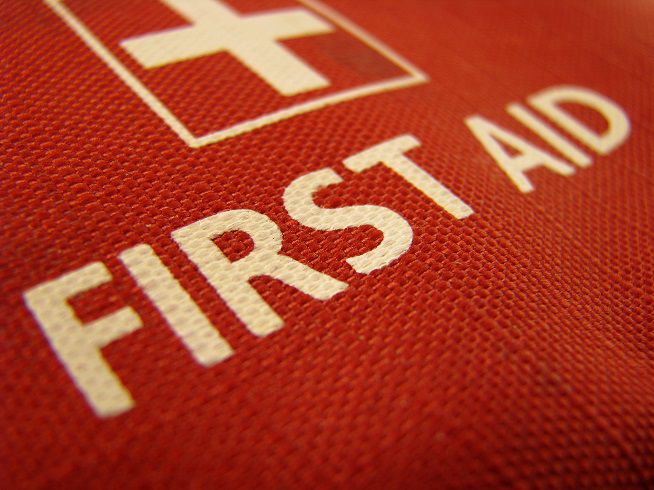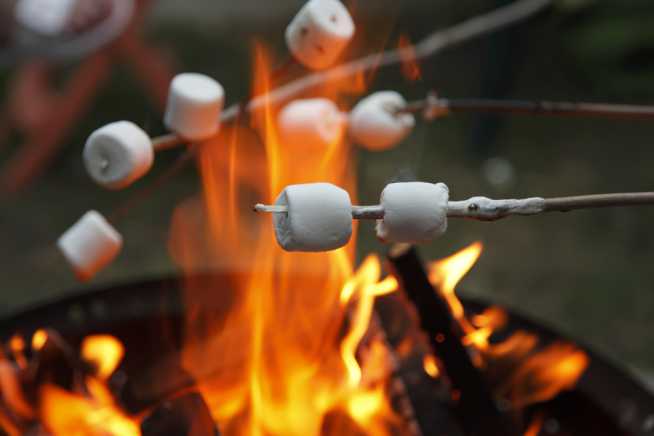The warmer weather is now finally upon us and most are looking to enjoy the great outdoors. Hopefully most of our summer adventures will not result in the use of any first aid measures, but it is always good to be prepared if they do. Bringing a first aid kit while camping seems like a no brainer, but some of the recommended contents might surprise you.
The Canadian Red Cross encourages you to keep your first aid kit readily available and stored in a dry place while regularly replacing outdated contents. A first aid kit should contain the following:
- Emergency telephone numbers for EMS/9-1-1, your local poison control centre, and your personal doctors
- Home and office phone numbers for family members, friends, or neighbours who can help
- Sterile gauze pads (dressings) in small and large squares to place over wounds
- Adhesive tape
- Roller and triangular bandages to hold dressings in place or to make an arm sling
- Adhesive bandages in assorted sizes
- Scissors
- Tweezers
- Safety pins
- Instant ice packs
- Disposable non-latex gloves, such as surgical or examination gloves
- Flashlight, with extra batteries in a separate bag
- Antiseptic wipes or soap
- Pencil and pad
- Emergency blanket
- Eye patches
- Thermometer
- Barrier devices, such as a pocket mask or face shield
- Coins for pay phone
- Canadian Red Cross first aid manual
So once you have the First aid kit you’re set right? Well not entirely, the kit only goes so far now the rest is up to you to avoid these common mistakes. Myths or misinformation can be counterproductive while rendering First Aid. Treating a wound or injury swiftly and correctly can speed recovery while avoiding further possible damage. Use these tips to help minimize any injuries and enjoy your camping experience to the fullest.
Mistake #1: Applying heat to a sprain, strain or fracture.
Who has not gone for a hike and taken an ill advised step. Most often it is with no consequence but if you do sprain an ankle or other appendage follow these guidelines.
Heat worsens swelling and can prevent the injury from healing as speedily as it should. Instead, apply ice to the area for about 20 minutes to reduce swelling. Place a thin barrier such as a washcloth between the ice and bare skin.
Mistake #2: Delaying treatment of a burn injury.
If in pursuit of the perfect smore you get too close to the campfire well remember not to follow your initial instincts.
Do not apply ice directly on a burn. The most effective way to soothe a burn injury is to hold it under cool water for at least 15 to 20 minutes. It's important to apply cold to help prevent further damage.
Mistake #3: Trying to fish out debris from an irritated eye.
Trying to extract the irritant from the eye can make the injury worse, or cause either an abrasion or permanent damage. Instead, protect the eye by covering it with a paper cup, and head to the doctor immediately. The only exception is if a chemical gets into your eyes. If that's the case, you need to flush it out with water for about 15 minutes.
Mistake #4: Applying a tourniquet to treat a bleeding extremity.
Tourniquets block the flow of blood, which could result in permanent damage to the limb. Tourniquets should only be used in case of severe bleeding. The right way to treat a bleeding injury is to cover the wound with layers of sterile gauze and apply pressure until you get to the emergency room.
Mistake #5: Applying ointment on a cut or scrape, covering it with a bandage, and leaving it covered to heal for a few days.
Exposing a cut or scrape to fresh air is the quickest way for the injury to heal. Creams and ointments keep the wound moist. The best thing to do with a cut or scrape is to wash it with an antiseptic or soap and cool water. Change all dressings twice a day.




